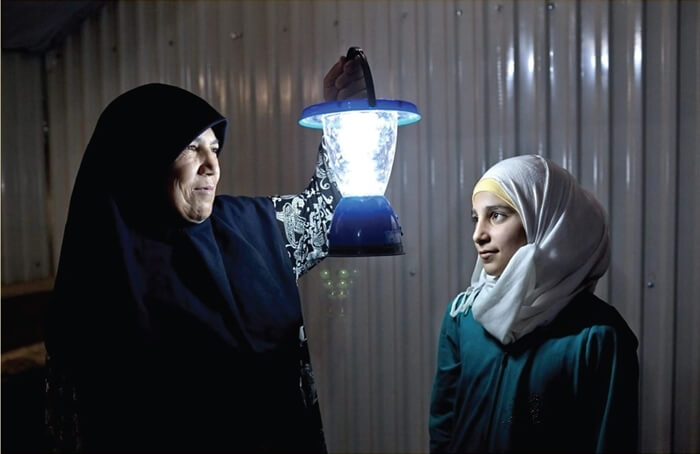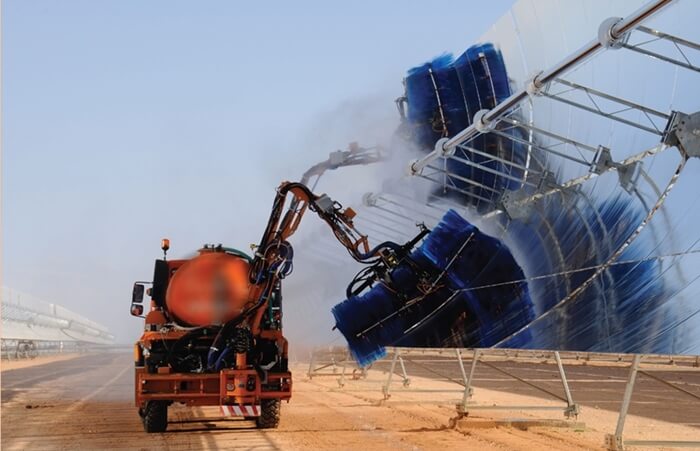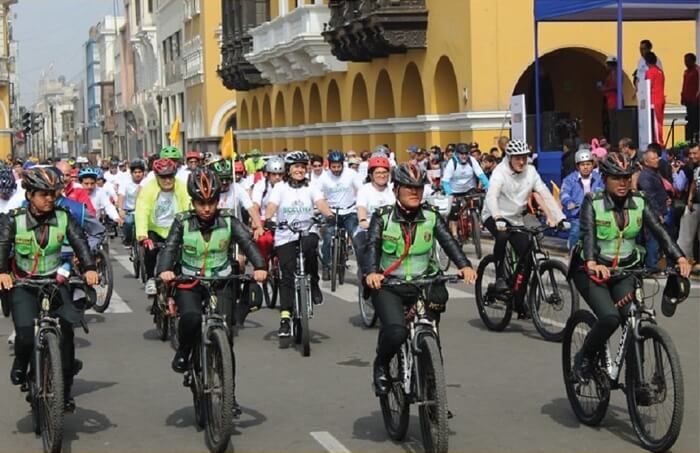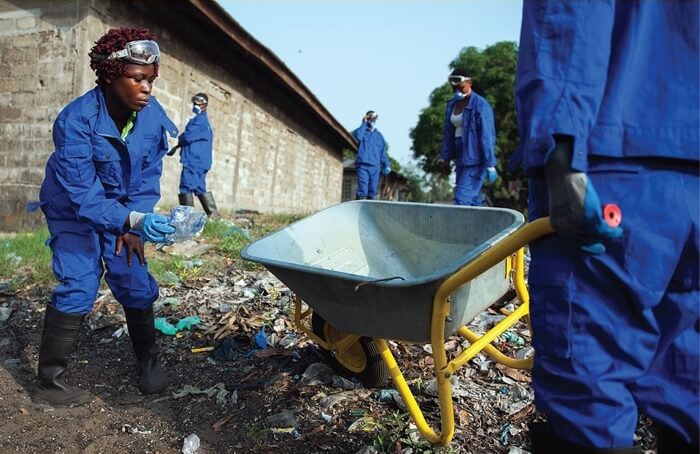Excerpt from reliefweb.int
In 2014, the then-President of the Maldives was forced to cut short an overseas trip to tackle an unfolding water crisis in the capital, Malé.
With no water flowing in one of the most densely populated capitals of the world, and more than a third of the population left without water for drinking, bathing, cleaning, and cooking, the small island state was in a state of emergency requiring immediate international assistance.
The crisis was triggered by an event, a fire at a desalination plant. But it reflected a greater issue: the overall precariousness of the Maldives’ water supply. And the acute need for preparedness as climate change places even greater pressure on the dwindling precious resource.
SURROUNDED BY SEA, ON THE FRONT LINES OF CLIMATE CHANGE
With more than three quarters of its 1,190 coral islands standing less than 1 meter above sea level, the Maldives is extremely vulnerable to climate change.
The impacts are already in evidence. Records show the small island state is already seeing significant warming alongside decreasing total rainfall, sea level rise, and more frequent and intense extreme weather events such as flash floods.

Island Innovation is a social enterprise and digital media company at the intersection of sustainable development and communications, offering specialised services across various sectors. We bring together the private sector, government, utilities, NGOs and universities to advance innovation for sustainability and prosperity in islands worldwide.















